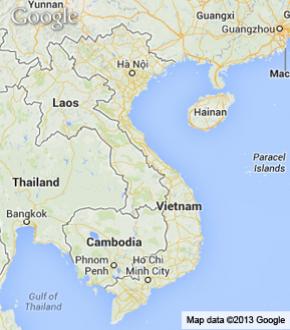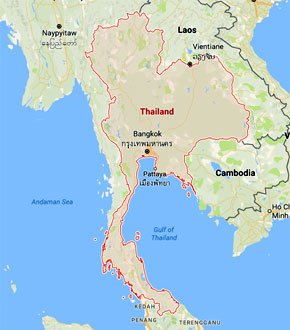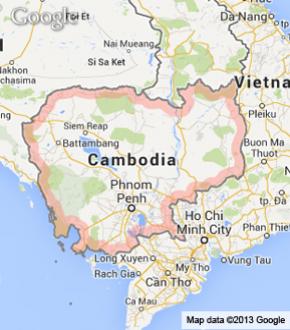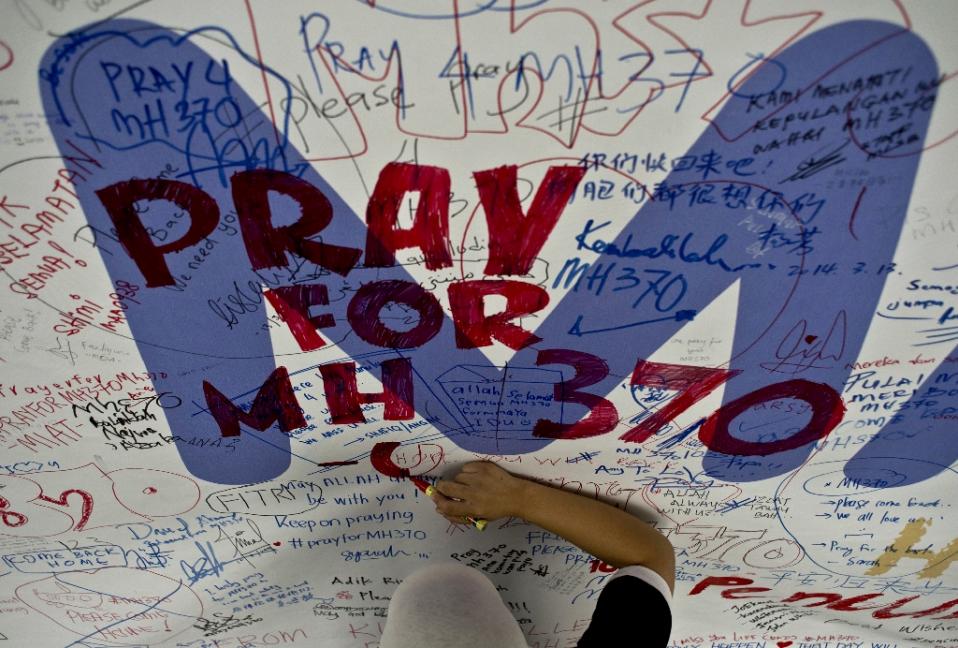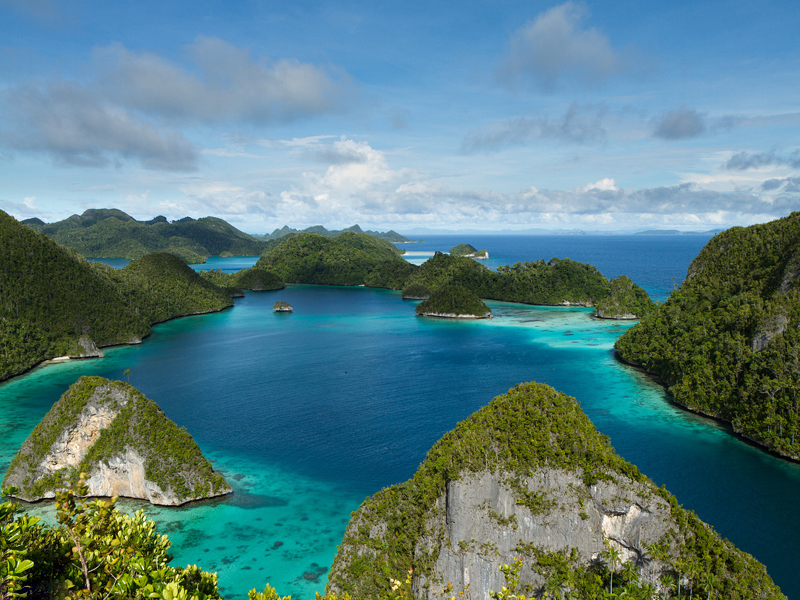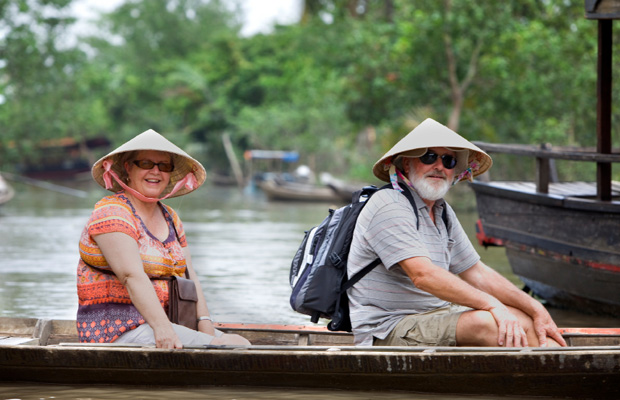The Cities of Malaysia make up what is a truly amazing country, as scenically diverse and culturally disparate as anyone has the right to expect. This constitutional monarchy has thirteen states and three federal territories and is principally made up of two land masses separated by the South China Sea. The Malay Peninsular land area, shares a land border with Thailand, whilst the other area, East Malaysia, shares land borders with Brunei and Indonesia. The cities in this fascinating country are gaining their city status and growing at an alarming rate. As recently as 1972 there was only one city in the country, Georgetown, Penang, now there are twelve. It is a measure of how the development of Cities of Malaysia has gone, that Georgetown is now the smallest of the twelve by population.
The twelve Cities of Malaysia are:
Kuala Lumpur
The capital city, based in Federal Territory is a huge city covering about 94 square miles is the fastest growing metropolitan area in the country. Often referred to simply as KL, it is home to the Malaysian government and also the Malaysian Royal family. It is a capital City in every sense of the word, it hosts major international festivals and sporting events such as the Malaysian Grand prix. The Petronas Towers here, the city tallest building, were the tallest buildings in the world when they were built in 1998 and remained so until 2004, when they were overtaken by Taipei 101. Beautiful by day they are incredible by night and dominate the skyline.
Best known among the Cities of Malaysia, KL is the sixth most visited city in the world with annual tourism figures of some 8.9 million. A solid economy, great shopping and wonderful local cuisine drive the tourism industry. The city’s entertainment area is mainly centred within, what is known locally as the Golden Triangle. This encompasses Jalan P. Ramlee, Jalan Sultan Ismail and Ampang Road. It is here that you will find trendy nightclubs, bars and lounges, like the Beach Club, Espanda, Hakka Republic and the Hard Rock Cafe. It is rightly classed as one of the most important cities in Southeast Asia.
Johor Bahru
The coastal city of Johor Bahru in the Souther Malaysian state of Johor, is a fast growing city the population of which has almost doubled since 2010. Its development as a tourist destination began in earnest shortly after the second world war. Constantly redeveloping, it swallowed up many small villages in the neighbourhood and gained City status in 1994. The population is made up of about 50% Malay, 35% Chinese, 10% Indian and the rest a mixture of minorities and foreign nationals.
The economy of the city is mainly shopping and tourism, propped up in no small part by the many visitors from Singapore, who come to take advantage of the strong Singapore dollar. The close proximity and easy road access to Singapore, mean that many thousands of tourists flock here every year. Johor Bahru is one of the fastest growing cities of Malaysia.
Ipoh
The Perak state capital Ipho has a population of about three quarters of a million. It is strategically placed between Kuala Lumpur to the south and Penang to the North, in the middle of the Kinta Valley, on the bank of the Kinta River and surrounded by limestone hills. These hills contain several important cave temples. Tin mining saw its development in the early 19th century. Many impressive buildings from the period of British rule still stand, including the Town Hall, Railway Station and the Court House.
Ipoh is well known for its local cuisine. There are many street vendors and restaurants selling such local favourites as Sar Hor Fun a Chinese one dish meal of rice noodles with prawn, meat, fish vegetables and a savoury sauce. It is also home of the famous Ipoh White Coffee. The beans are roasted with palm oil and the drink is served with condensed milk.
Ipoh is a pleasant place to visit, the old town sits on the west bank of the Kinta River and the new town, the east.
Shah Alam
Important among the cities of Malaysia, Shah Alam is the state of Selangor is only about 16 miles west of KL. In fact prior to its inclusion in the Federal Territory, Kl used to be the state capital here. Following the end of British rule in 1957, Shah Alam was the first planned new city in the country. This area has been the centre of Malaysia’s rubber and palm oil trade for centuries.
The city name was chosen by the then state Sultan, Salahuddin Abdul Aziz Shah, in honour of his late father Sultan Alam Shah. There are many monuments, buildings and even a street named in his honour. The Malaysian car manufacturer Proton has its main plant located in the industrial outskirts of Shah Alam.
Islam is of course the main religion here and Shah Alam is home to the world famous Blue Mosque. The four minarets are an impressive 460 feet tall. The garden of Islamic hearts in the shadow of the mosque, is a major tourist attraction.
Petaling Jaya
Also in the state of Selangor and of a similar size to Shah Alam is Petaling Jaya. Another satellite town for KL, it is part of the capital’s urban sprawl. It became one of the Cities of Malaysia when granted city status in June 2006. The British first developed the city here, in their bid to build up the rubber plantations of the local area as an answer to KL’s burgeoning population.
The entrance to Petaling Jaya from Kuala Lumpur is marked by one of its most famous landmarks, the Kota Darul Ehsan Arch, which straddles the often congested highway. Close by, the Thai temple of Wat Chetawan is a popular haunt for the local Buddhist community.
The booming economy here has been boosted by the construction of several shopping malls, most noticeably, the Atria in Demansara Jaya and the Subang Parade in Subang Jaya. The city enjoys excellent transport links.
Kuching
Its official title of The City Of Kuching is more often than not shortened to simply, Kuching. It is situated on the Sarawak River to the southwest of the state of Sarawak, on the island of Borneo. It covers an area of 166 square miles and has a population of about 650,000. The population is boosted by the many migrant workers particularly Indonesians who work here. Its many attractions include the nearby Kuching Wetlands National Park.
Well known for its local food, it has developed into a major industrial and commercial centre. It used to be part of the Brunei Empire. In the second world war it fell to the Japanese and was under their command for almost 4 years.It is now firmly, one of the Cities of Malaysia.
Tourists are drawn to the nearby beach of Damai and its three world-class resort hotels, and also the Talang-Satang National Park, home of the threatened marine turtle population.
Kota Kinabalu
Formerly known as Jesselton, this is the state capital Sabah and is often referred to as KK, both in Malaysia and internationally. It is a major fishing destination and a popular entrance for travellers visiting Sabah and Borneo. It is another of Malaysia’s commercial centres. Most of the Malaysian federal government agencies and departments are located here.
Kota Kinabalu is located on the west coast of the state. It lies on a narrow flatland between the Crocker MountainRange to the east and the South China Sea to the west. The nearby five islands of Gaya, Sapi, Manukan, Sulug and Mamutik, and their surrounding waters, make up the Tunku Abdul Rahman National Park.
The population today is a mixture of many different races and ethnicities. These in turn follow many different religions such as Islam, Christianity, Buddhism, Hindu, Sikh, Animism, and a small number of people who are secularists. This has resulted in an abundance of mosques, cathedrals, pagodas and temples.
Kuala Terengganu
This is another city that enjoys one of the ubiquitous Malay abbreviations. Kuala Terengganu or KT is in the state of Terengganu sits on the coast 300 miles northeast of Kuala Lumpur and gained city status in 2008. It lies on the estuary of the Terengganu River from which it takes its name. Early references to the town date it as early as 1178.
The city enjoys good transport links and is connected to other towns by a good connection of roads. The relatively new East Coast Expressway had improved conditions for travellers wishing to visit. Just over the river there is the Sultan Mahmud Airport a medium sized facility that serves the area well. The river is also well serviced with a flotilla of Bot Penambang; these are wooden-built, roofed boats powered by engines, that act as river taxis.
The local Chinatown, Kampung Cina, is a good tourist draw as is Teng Lang Po a settlement of two-storey, prewar shophouses. These are coffee shops, souvenir shops, restaurants and offices. There are also two Chinese temples. There is also a good city market and the largest museum complex in Southeast Asia. The Terengganu State Museum is a superb complex, the architecture of which is based on a Rumah Tele, a traditional local house.
Malacca City
The UNESCO World Heritage Site city of Malacca is located on both banks of the Malacca River in the state of the same name and has a population of about 350,000. Although it’s hot and humid throughout the year the city is one of the driest in Malaysia with annual precipitation of below 79 inches. Every month though does get more than 3.9 inches.
One of the most important cities of Malaysia, it has a unique history, having begun when a Royal Prince from Palembang, Parameswaran, struggled to gain the throne at the end of the 14th century. After his defeat he ran to Singapore, then called Temasek. On his way he stopped by close to the Malaka River and seeing his hunting dog being kicked by a mouse deer was so taken with the animals bravery that he decided to set up a state here. It was to prove a very good decision, Malacca is situated in the straits of Malacca which connect India China, thus proving to be a great trade route.
Virtually all of the city’s attractions are housed within a small area near Jonker Walk, the local Chinatown. An old Portuguese fort and the Malacca Straits Mosque are here.
Alor Setar
60 miles north of Penang on the mainland coast in the state of Kedah Alor Setar and is just 30 miles from the border with Thailand, a position that has seen it develop as a major transport hub. The local airport Sultan Abdul Halim Airport becomes incredibly important during the annual Haj in Mecca as it serves as a connection for pilgrims making the trip.
Local tourist attractions include the Balai Besar (Grand Audience Hall), Balai Nobat (a three-tiered octagonal tower), The Tou Mu Kung Temple (a Taoist temple), Kota Kuala Kedah (the remains of a fort), museums and art galleries. There is much to see and do here.
Miri
On the northern coast of Borneo in the state of Sarawak, the city of Miri has its major economies in the petroleum industry, palm oil, timber and tourism. The city has grown at a phenomenal rate since the discovery of oil off the coast in the 1960s. The airport was built as a result of the war effort needing transport links during the second world war. Miri Airport receives flights from the domestic destinations of KL, Johor Bahru, Penang, Kuala Terengganu, Kota Kinabalu, Labuan, Kuching and many other Sarawak towns.
Miri has five world-class national parks. The Gunung Mulu National Park is a UNESC World Heritage Site, Niah National Park, Lambir Hills National Park, Logan Bunut National Park and the Miri-Sibuti Coral National Park provide tourists with an astonishing diversity of natural wonders. Museums, golf courses and beaches make this an extremely good tourist spot.
George Town
The oldest of all the cities of Malaysia, it was named in honour of King George III of Great Britain, George Town is found on the north east corner of the island of Penang and the centre of the city is a UNESCO World Heritage Site. George Town was founded in 1786 by Captain Francis Light, who was a trader for the British East India Company.
On 7 July 2008, George Town was, along with Malacca, inscribed as a UNESCO World Heritage Site. It is officially recognised as “having a unique architectural and cultural townscape without parallel anywhere in East and Southeast Asia”. This is a great tourist spot and a good centre for shopping, having some twenty major shopping malls and centres. Penang’s Tallest building is the 65 storey KOMTAR tower in the heart of George Town.
So if your travels take you to this wonderful Southeast Asian country, check out some of these amazing cities. They won’t disappoint.


